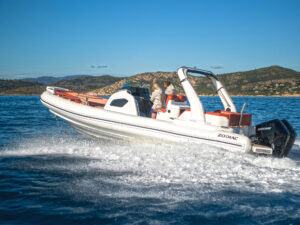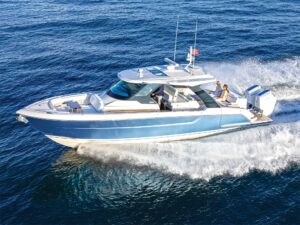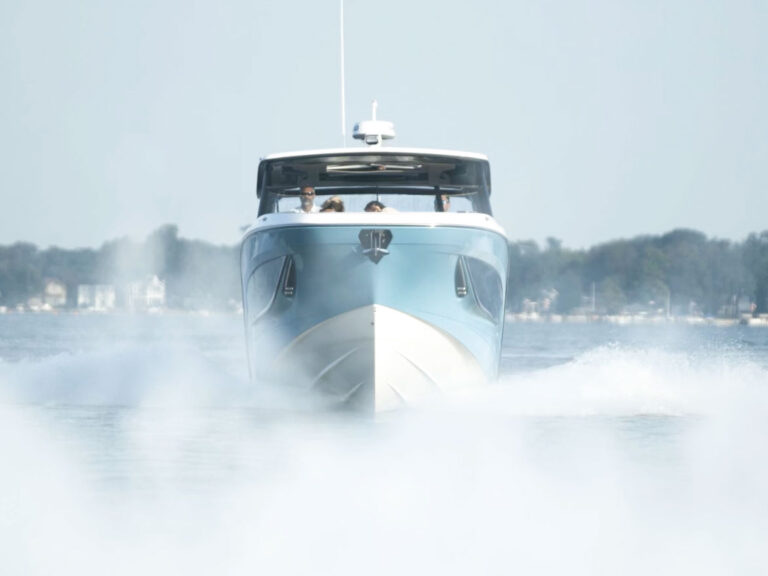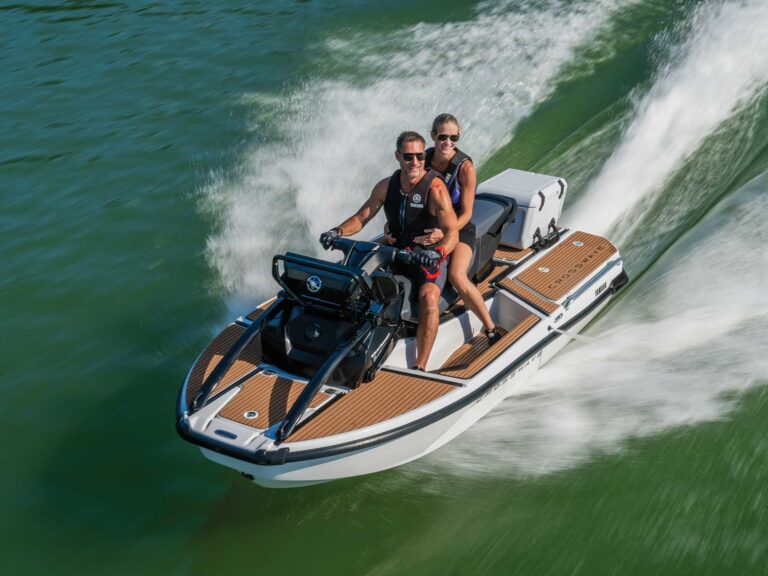Tying up in your berth is easy if you’ve got a floating dock. It’s easier still if you’re not on tidal waters, where the water level changes throughout the day. So while these tips apply in general to all, we picked the scenario wherein a tidewater boater uses a slip without a float. Tie one on with us.

Hung Up
Your boat can’t just be tied tight. You have to allow for the rise and fall of the water lest the boat be left hanging by its lines at low tide or pulled under by its lines at high tide.
Read Next How To Install A Sliding Dockine System
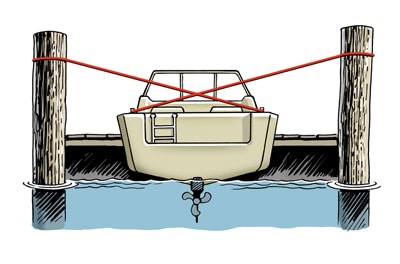
Double-Crossed
Crossed stern lines keep the boat from moving sideways. They also provide more length than uncrossed lines, helping to allow for changing water levels. But you can’t just cross the lines and walk away.

Magic Spot
The height at which the lines are secured on the pilings is critical to ensuring enough slack for the boat to rise and fall. Check the boat through a few tides to nail this height down. Get a head start by tying off level with the cleat at half-tide.
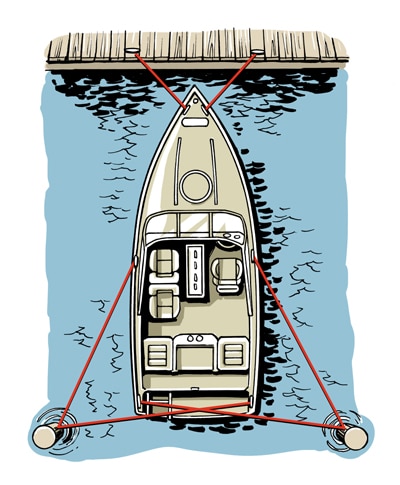
Spring Is Here
Spring lines’ length and height must also be factored from trial and error. Too long and your boat will bang the dock when current or wind is astern; too short and you’ll have to make a leap to board during high tide. Experiment through several tides.
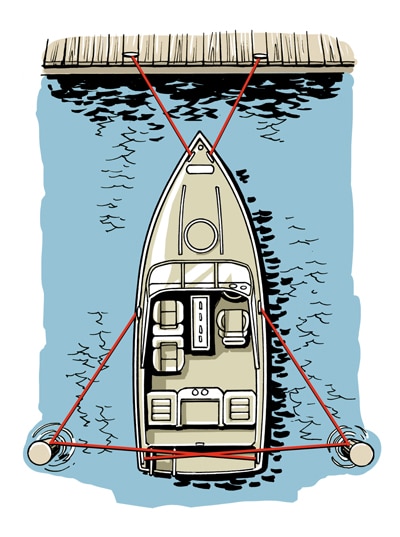
No Loops
Lines looped over cleats can become too tight to untie during astronomically low and high tides. Use cleat hitches and you’ll always be able to untie. Leave a few feet of tag end to adjust for extremes in water level caused by weather events.



